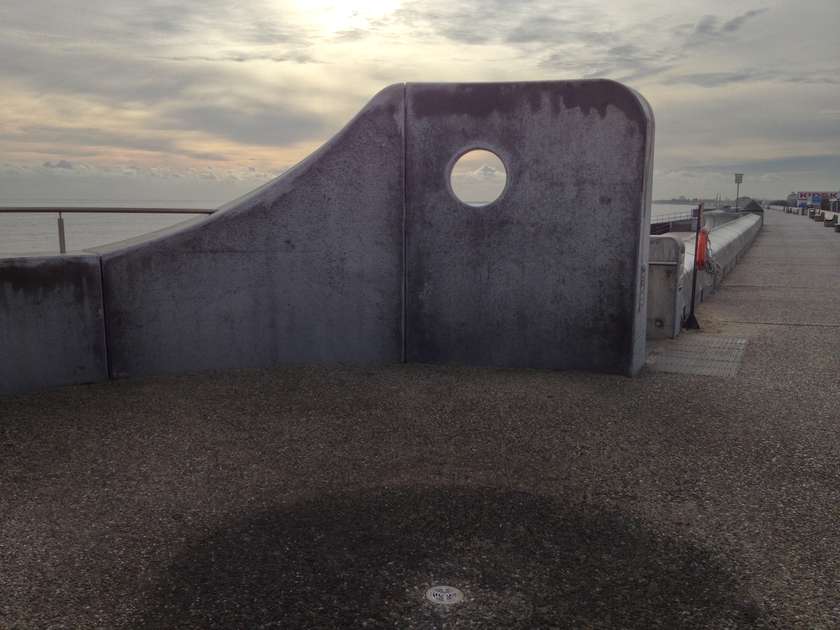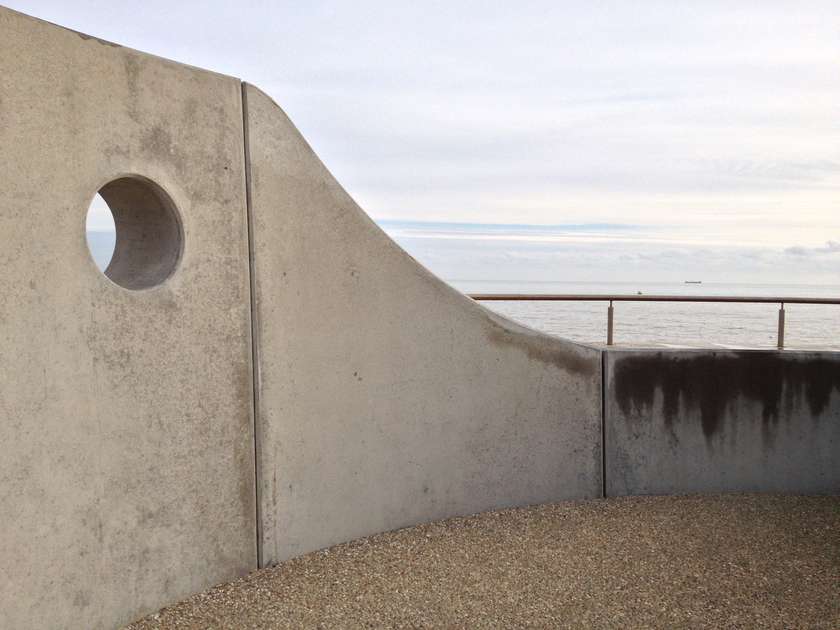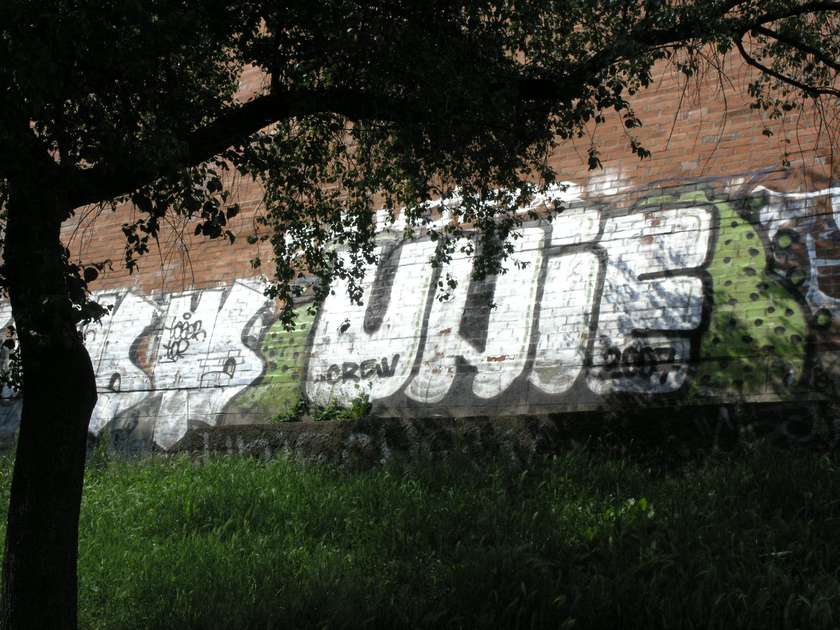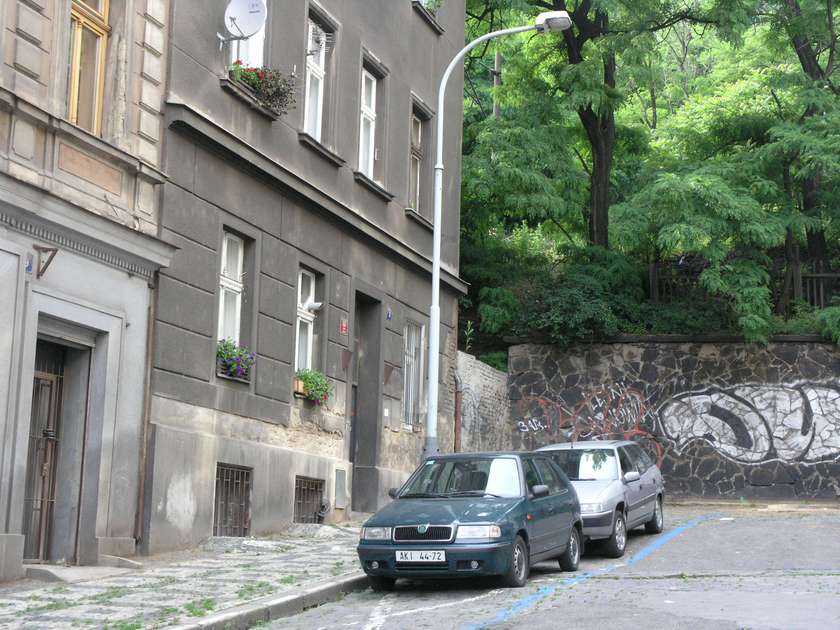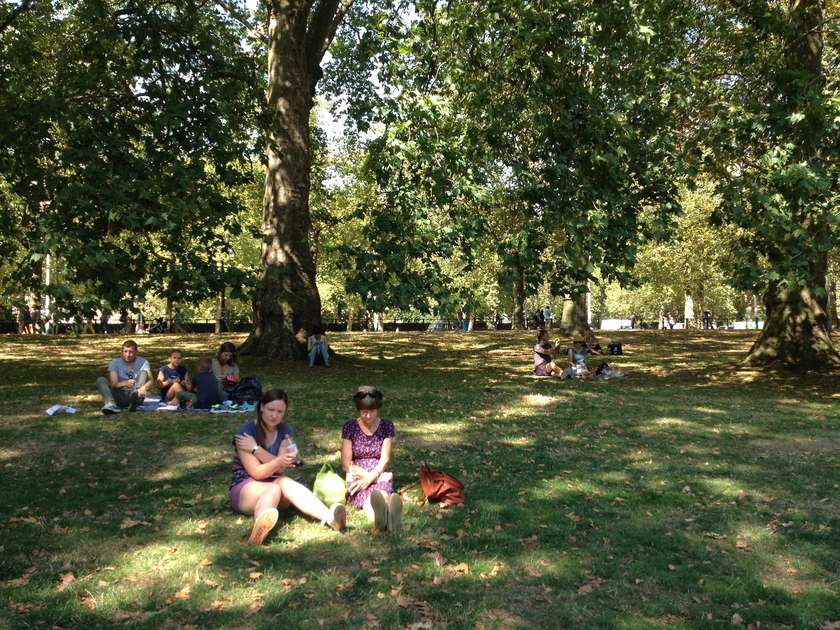Idea by
Josh Peacock
Call for ideas 2016
Restorative Engagement
Restorative Engagement

I suggest that the capacity of natural processes, either present or through new ecologies to engage involuntary attention, relies on the ability of architecture to share and appropriate them, through framing a legible use or point of access. My aim is for the restorative experience gained from inherent fascination of natural processes, to be reinforced through architectural framing, drawing social legibility to the movement of water, leaves and light for example. By re-engaging the perception of aesthetics from Kant to the present day, and synthesising this with the science of restorative experience, a reimagining of the value of perception provides grounds for advancing a speculative theoretical framework. Given enough empirical evidence from neuroscience, this approach promises to ‘nudge effect’ social values into a new understanding of our architectural inheritance and shared futures.


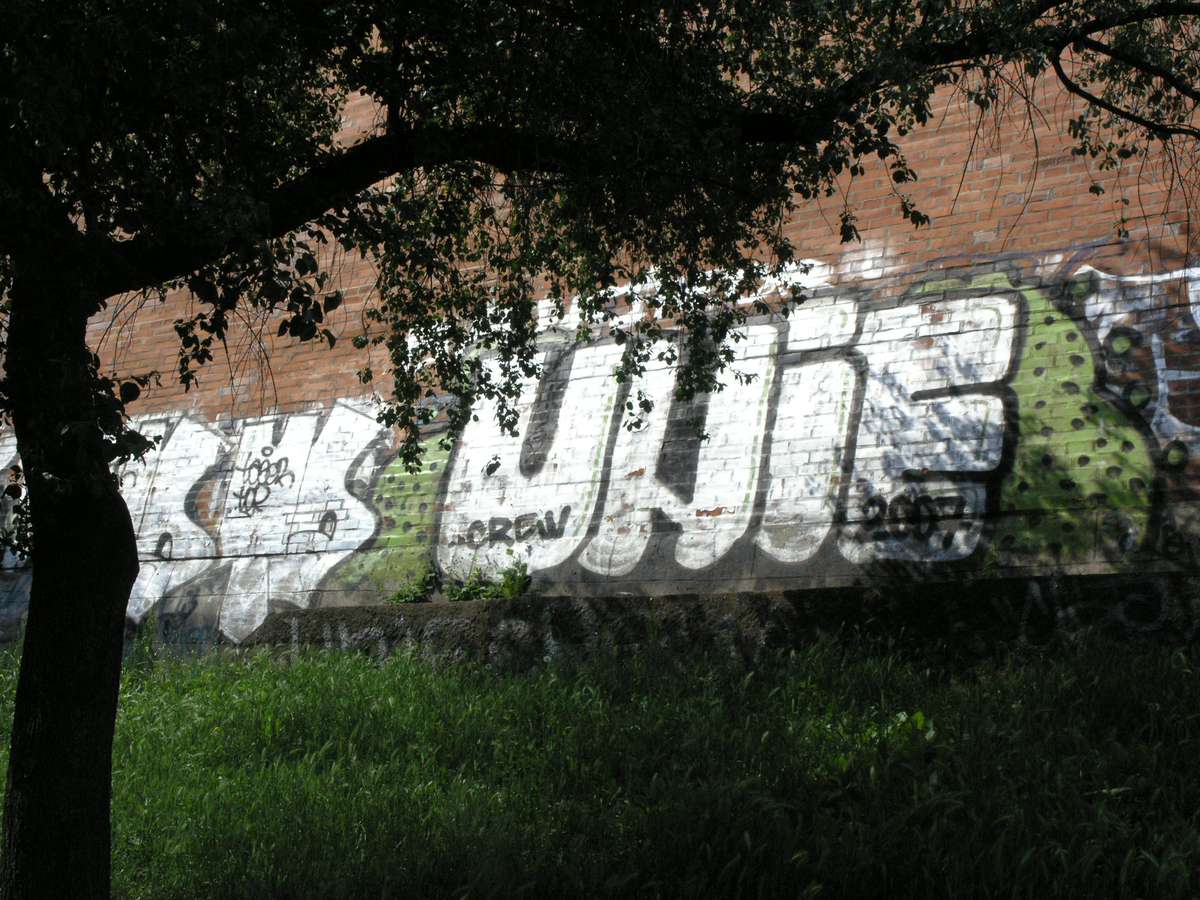
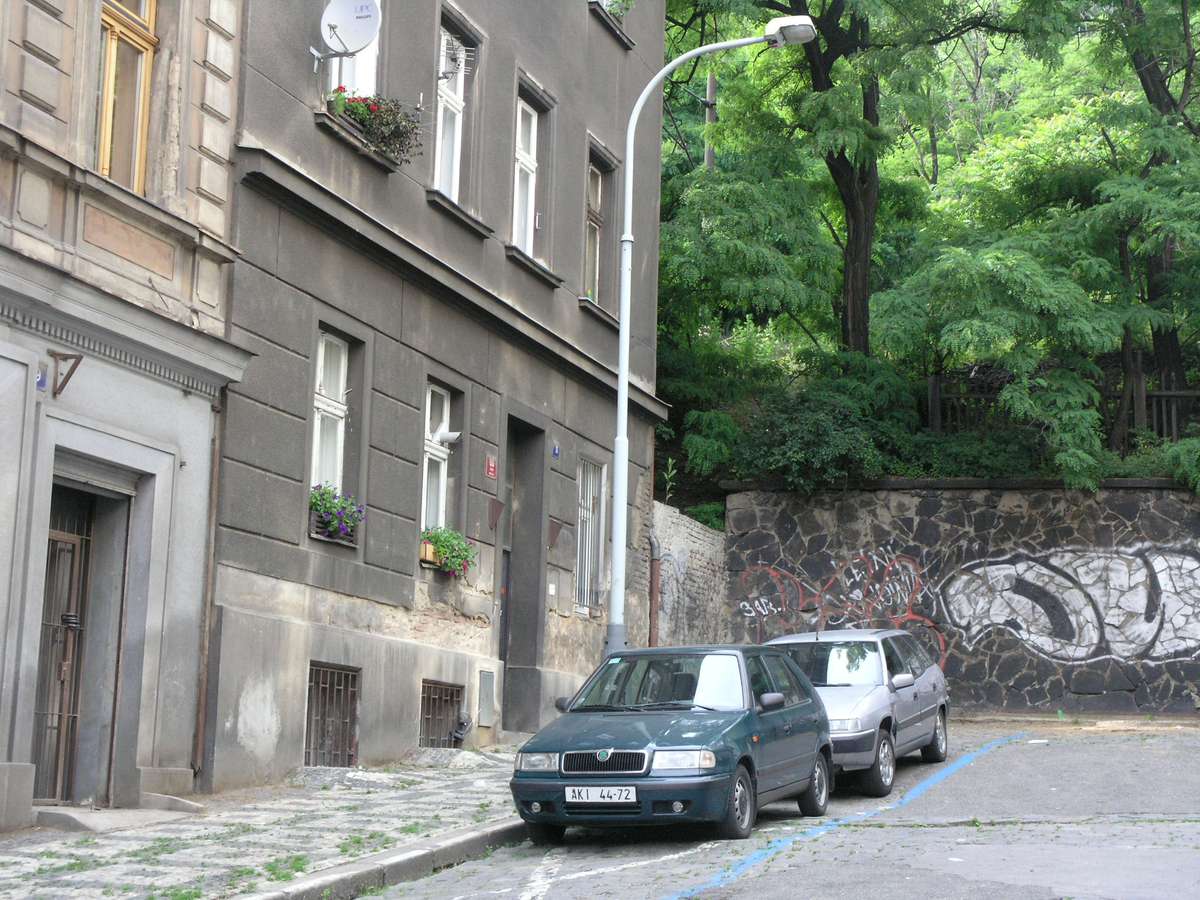
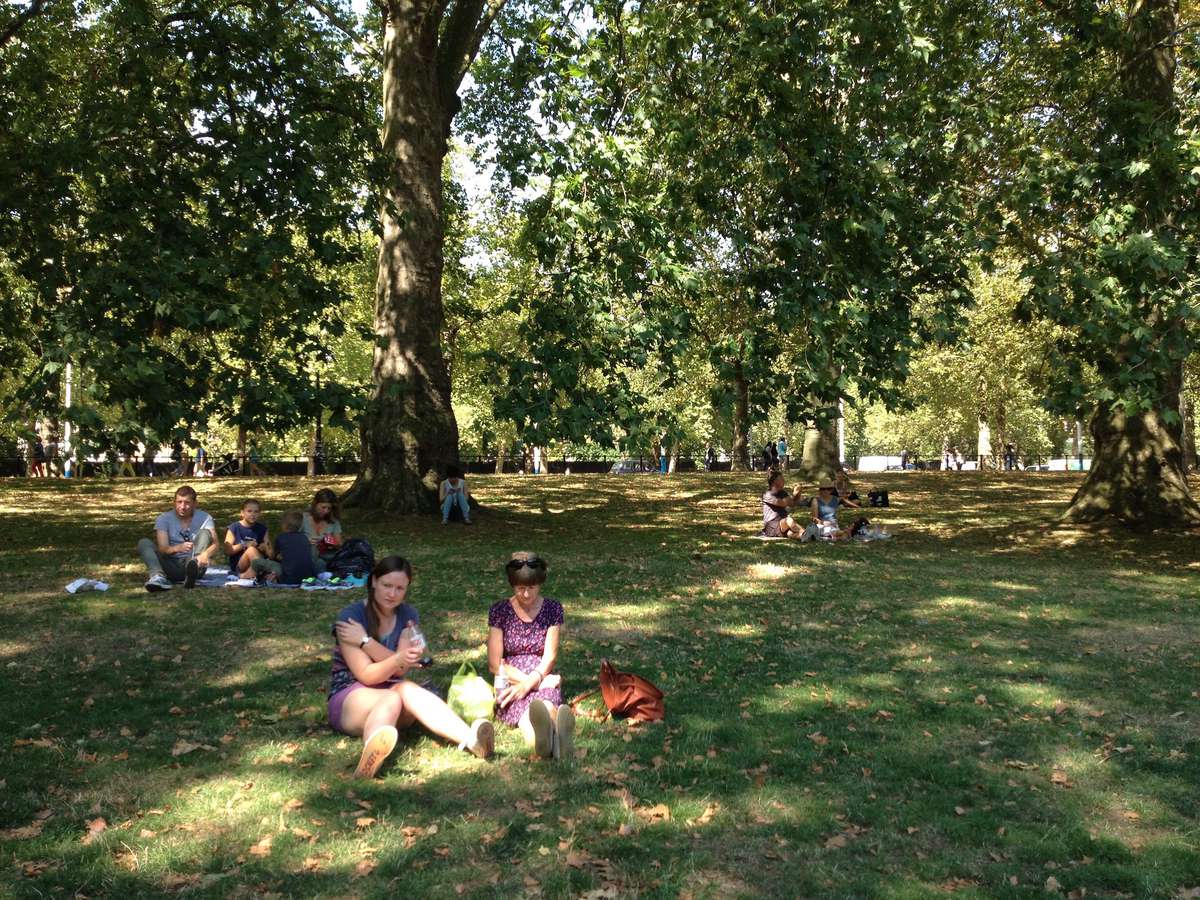
Restorative Engagement
Restorative Engagement

I suggest that the capacity of natural processes, either present or through new ecologies to engage involuntary attention, relies on the ability of architecture to share and appropriate them, through framing a legible use or point of access. My aim is for the restorative experience gained from inherent fascination of natural processes, to be reinforced through architectural framing, drawing social legibility to the movement of water, leaves and light for example. By re-engaging the perception of aesthetics from Kant to the present day, and synthesising this with the science of restorative experience, a reimagining of the value of perception provides grounds for advancing a speculative theoretical framework. Given enough empirical evidence from neuroscience, this approach promises to ‘nudge effect’ social values into a new understanding of our architectural inheritance and shared futures.
